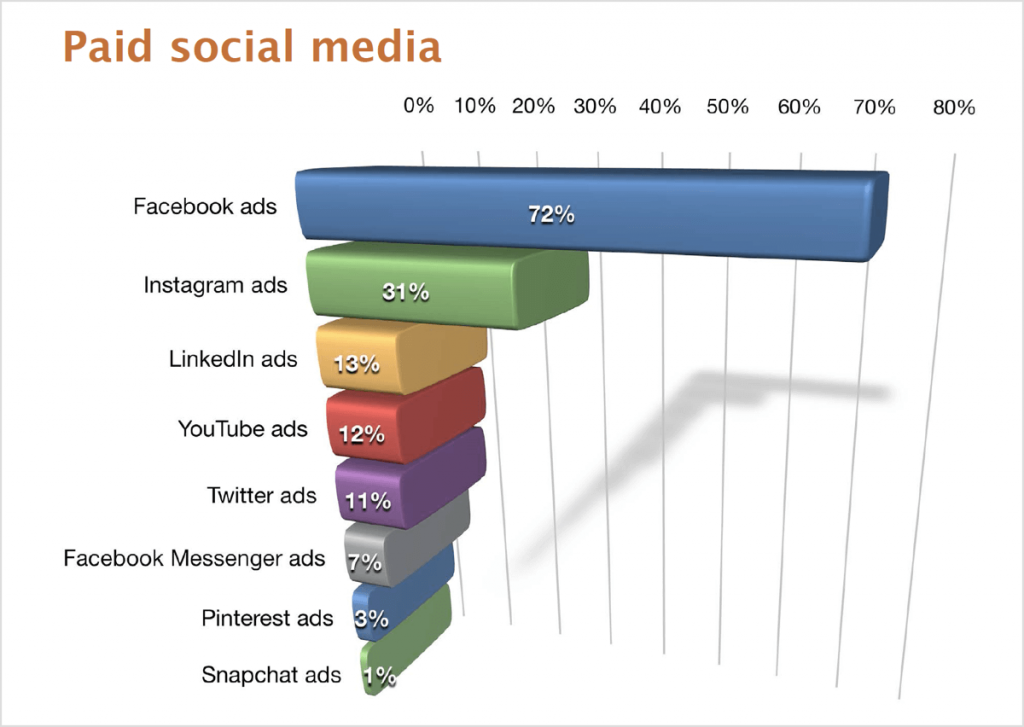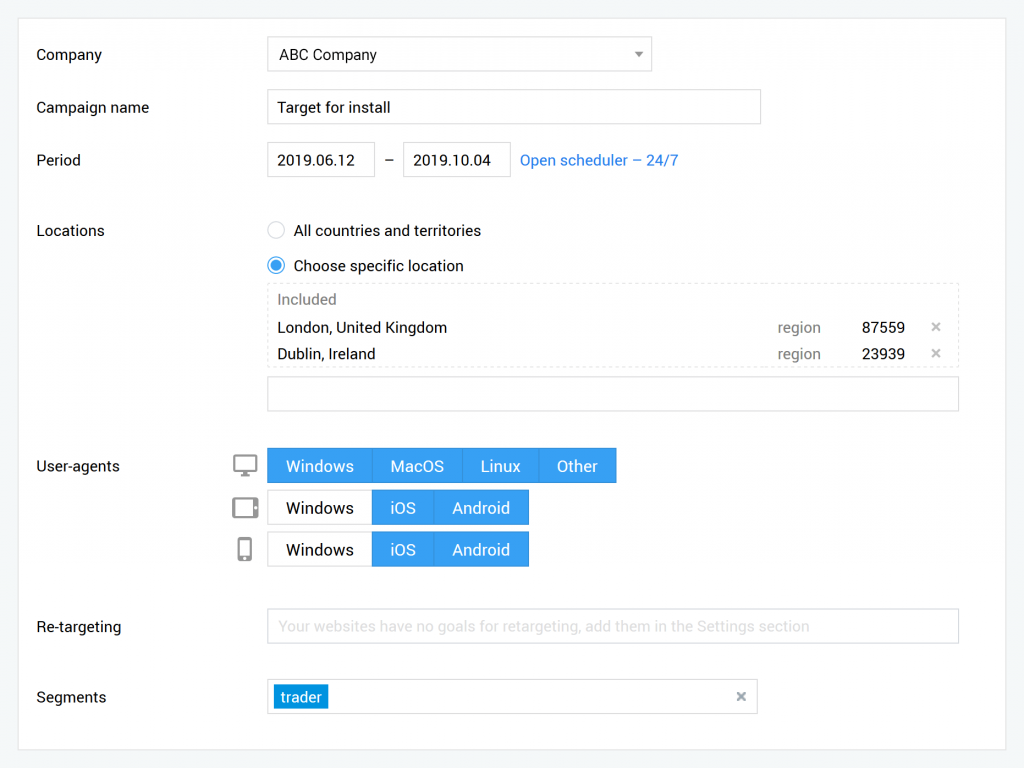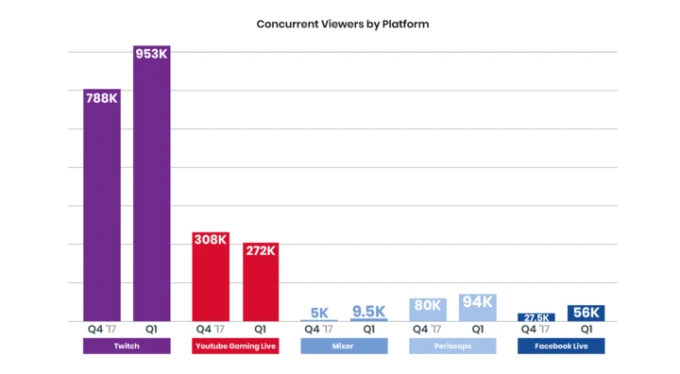If you’re a business owner, it’s imperative that you get your brand positioned under the noses of the right audience in the right way. The intrusive past of popups and terrestrial television advertising to vast audiences has already fallen behind us, and now modern consumers crave more personalized and relevant content when discovering new businesses. The problem is that many online businesses face intense competition, meaning that each campaign needs to be precisely accurate and incisive in reaching the right customers. The digital landscape is ever-changing, but there are plenty of emerging approaches, along with a few old favorites that are set to be the prevalent practices of the 2020s. Let’s take a look at some of the best approaches when it comes to advertising your business in this brave new decade:
Social Reigns Supreme
In the world of advertising, Facebook is the place to be – and has been for almost 15 years. With around 2.23 billion monthly active users, the social giant is by far the most heavily used platform for advertisers to tap into worldwide. Facebook, like many of its social media counterparts, is very welcoming to advertisers, and campaigns can be set up to strategically target users based on their location, interests, age, gender, and relationships. It helps to make your ads go further. However, it’s also worth taking some time to explore advertising opportunities surrounding emerging social enterprises like TikTok as well as Instagram if you’re aiming to appeal to younger audiences. While the likes of established networks like Facebook, Twitter, and LinkedIn are generally used by comparatively older audiences.
Value Influencers
Influencers are becoming all-encompassing brands in their own right. Digital platforms like YouTube, Twitter, Instagram, and Twitch has made it easier than ever for users to connect and draw their own active audiences to interact with and build a following. Influencer marketing has already become a much sought-after approach for advertisers, mostly down to its more organic feel and the accessibility – as well as reach – of influencers. International stars have been undergoing their own form of influencer marketing for years, and it’s fair to say that your business is unlikely to attract the likes for Justing Bieber to promote your new local doggy daycare service, but you certainly can find an influencer who will have a strong audience among pet lovers to promote your service online. Marketing platforms like Traackr are great for putting businesses in touch with the influencers with the right reach for them, and upon agreeing on the terms of your campaign, it’s possible to see your product or servicer being naturally discussed with a significant range of viewers, or readers, or followers.
The Decade of Mindfulness
According to David Yates, the Managing Partner of Strategy at Elvis, we’re entering the decade of mindfulness. Speaking to eConsultancy, Yates said: “Advertisers can no longer get away with the glossy, empty promises of yesteryear. You only have to look at Gillette’s ridiculed brand purpose-led ad from January to see where that gets you. “In 2020, advertisers will need to walk the talk and talk the walk. Not only making real and substantial changes to the way they run their businesses to align with modern consumer expectations but also talking about that boldly and authentically so that it gets noticed and drives purchase behavior.” Today’s age of interconnectivity means that hypocrisies are quickly identified, sometimes with devastating ramifications for the companies in question. Businesses will need to respect the mindfulness of their consumers and avoid hyperbolic messages in campaigns.
Banners Still Booming
While the prevalence of popups has been waning as the 21st Century rumbles on, banner advertising has moved from strength-to-strength. Faster internet connections and the ease in which pages can hold data means that websites can operate all-encompassing border adverts that can spring to life in eye-catching videos that don’t directly interrupt the content that users have navigated onto a specific page to see. In the age of mindfulness, this approach helps to show prospective customers that you respect their browsing intentions, while also positioning your products and services strategically under their noses. There are plenty of platforms that cater to providing optimized advertising banners, and Finteza is a leader when it comes to ensuring that campaigns can be displayed efficiently on a host website, regardless of visitors’ various devices or browsers. But the coolest feature of the tool is its ability to bypass ad blockers, ensuring that your ads appear regardless of the fact whether a person has an ad blocker installed. Retargeting features enable advertisers to serve ads to those who have taken a specific action. Optional formats for modern banners can extend to a multimedia HTML5 format, or animated GIFs all the way to simple JPG images – all automatically scaled to suit your surroundings.
Stream Advertising
There’ll be plenty of new places to find value in advertising over the coming years. Streaming services are experiencing significant levels of growth and can be highly useful in positioning multimedia advertisements in front of the right target audiences. With a reported 15 million active daily users watching around 23 billion minutes of live video on a monthly basis, Twitch has become a significant place in which to advertise to fresh new and younger audiences. Twitch uses Sure Stream media that’s capable of bypassing adblockers – a recurring scourge of modern advertising campaigns – and it’s even possible to run sponsorships of streamers as a form of influencer marketing. In the 2020s, the ways in which we digest entertainment will become more diverse than ever before. While television campaigns can be expensive, alternative advertising options can breathe new life into video adverts in the modern era.
Preparing for the Modern Consumer
At the turn of the century, paid advertising consisted of television and radio adverts that were guaranteed to be broadcast to a relatively high portion of target audiences. Since then, popups rose in popularity among advertisers, but not so much their target audiences – with adblocker plugins helping to condemn them to the history books largely. Today, much of our old values still ring true. It’s still worth launching advertising campaigns that focus on appealing to audiences while they digest media – the only problem is that our ways of consuming media have become sprawling. The duopoly of Facebook and YouTube 10 years ago has now expanded to incorporate the likes of Instagram, TikTok, LinkedIn, Twitch, Mixer, and Facebook Live to name but a few increasingly popular platforms. Luckily, smart advertisers will recognize new entertainment platforms as a means of targeting prospective customers more strategically. Where younger audiences use TikTok, older users remain committed to Facebook. LinkedIn has a significantly more formal demeanor, while Instagram is considerably more informal. With the widespread diversification of our entertainment platforms, we can learn much more about our customers, and where they’re likely to be found when it comes to launching a campaign. It can only be considered an asset for businesses. So, here’s to a brave new decade driven by greater targeting and optimized conversions.



